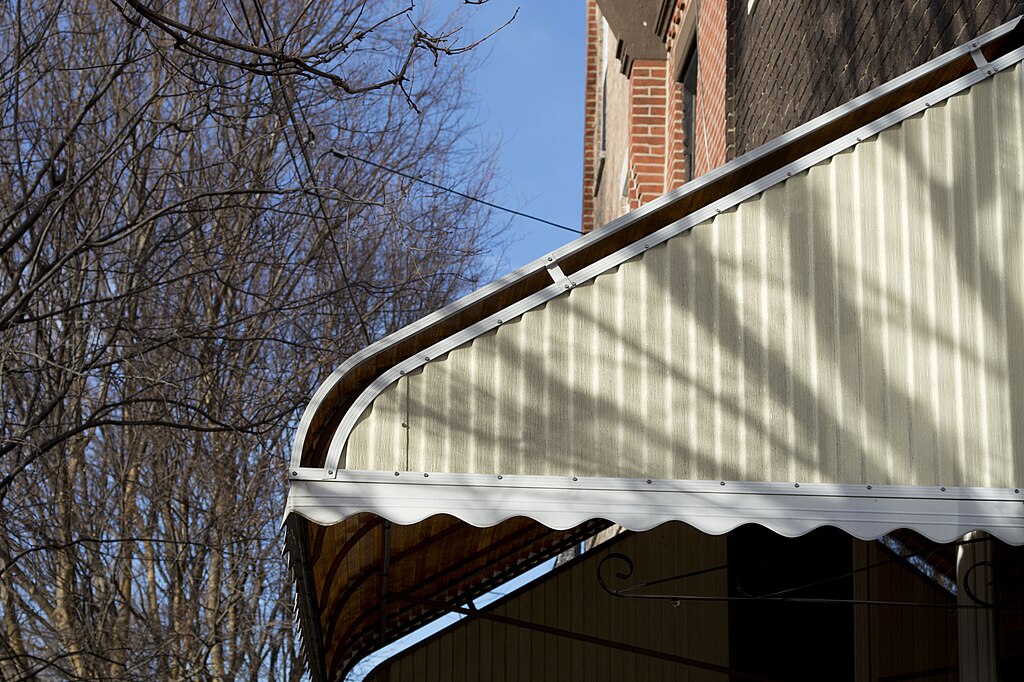Polycarbonate Sheets: Uses, Types, and Applications in Construction
Polycarbonate sheets are a family of lightweight, impact-resistant thermoplastic panels used across many sectors. They offer a mix of durability, light transmission, and formability that makes them suitable for transparent and translucent applications. This article explains what polycarbonate sheets are, how they perform in construction and roofing, how they influence building performance, and the role they play in contemporary architecture.

What is polycarbonate and how is it used?
Polycarbonate is a durable, amorphous thermoplastic known for high impact resistance and good optical clarity. Sheets are typically produced in solid, multiwall, or corrugated forms to suit specific uses. Solid sheets approximate acrylic transparency but with greater toughness, while multiwall sheets add thermal insulation through trapped air layers. Common uses include glazing, safety barriers, signage, and protective covers. Fabrication methods—cutting, thermoforming, and CNC routing—allow custom shapes for both retrofit and new installations. Polycarbonate’s UV-stabilized grades help resist yellowing when exposed to sunlight over extended periods.
How do polycarbonate sheets fit into construction projects?
In construction, polycarbonate sheets are selected for applications that need a balance of light transmission, weather resistance, and impact performance. They are used in façades, atria, canopies, and glazing where a lighter-weight alternative to glass reduces structural load and simplifies handling on site. Multiwall configurations can improve thermal performance compared with single-pane glazing, aiding energy-aware designs. Proper detailing—flashings, compatible sealants, and allowance for thermal expansion—is essential to avoid leaks, stress cracking, or panel distortion. Coordination with structural and glazing trades ensures safe integration with curtain walls, frames, and support systems.
Can polycarbonate sheets work for roof applications?
Polycarbonate is frequently specified for roof systems such as skylights, greenhouse roofing, and canopy covers because it provides diffused daylight while being far less prone to breakage than glass. Corrugated and multiwall roof panels offer channels or cavities that promote water drainage and insulation. Attention is required for solar heat gain—clear sheets transmit more light and heat, whereas opal or diffused finishes reduce glare and peak temperatures. Roof mounting must account for wind uplift, snow loads, and thermal movement; installers use manufacturer-recommended fasteners, gaskets, and support spacing to maintain weather-tightness and longevity.
How do polycarbonate panels affect building performance?
Polycarbonate panels influence several aspects of building performance: daylighting, thermal insulation, acoustic response, and safety. By admitting natural light, they can reduce reliance on artificial lighting during daytime, contributing to energy savings. Multiwall sheets improve thermal resistance compared to single-pane systems, though their performance varies by cell configuration and thickness. In impact-prone environments, polycarbonate provides improved safety over glass, resisting shattering and reducing injury risk. However, acoustic insulation is typically lower than solid glazing; designers may pair polycarbonate with other materials for noise-sensitive projects.
What role do polycarbonate sheets play in modern architecture?
Architects use polycarbonate to realize designs that emphasize translucency, lightweight structure, and expressive forms. Its thermoformability enables curved canopies, undulating façades, and complex skylights that would be difficult or heavier with glass. The material supports creative daylight modulation—textures, prismatic finishes, and layered assemblies change light distribution and privacy. Sustainability considerations—such as recyclable grades and potential for daylight-driven energy savings—factor into specification decisions. Successful architectural use balances aesthetics with performance requirements, specifying appropriate UV protection, fire classification where required, and maintenance strategies for long-term appearance.
Polycarbonate sheets offer versatile properties that suit a wide range of building and construction uses, from roof glazing to architectural façades. Selecting the right sheet type—solid, corrugated, or multiwall—and specifying correct installation details are key to achieving expected performance in daylighting, thermal comfort, impact resistance, and longevity. Understanding limitations such as potential for scratching, differential thermal expansion, and variable acoustic qualities helps teams design assemblies that meet functional and regulatory needs while taking advantage of polycarbonate’s unique strengths.






